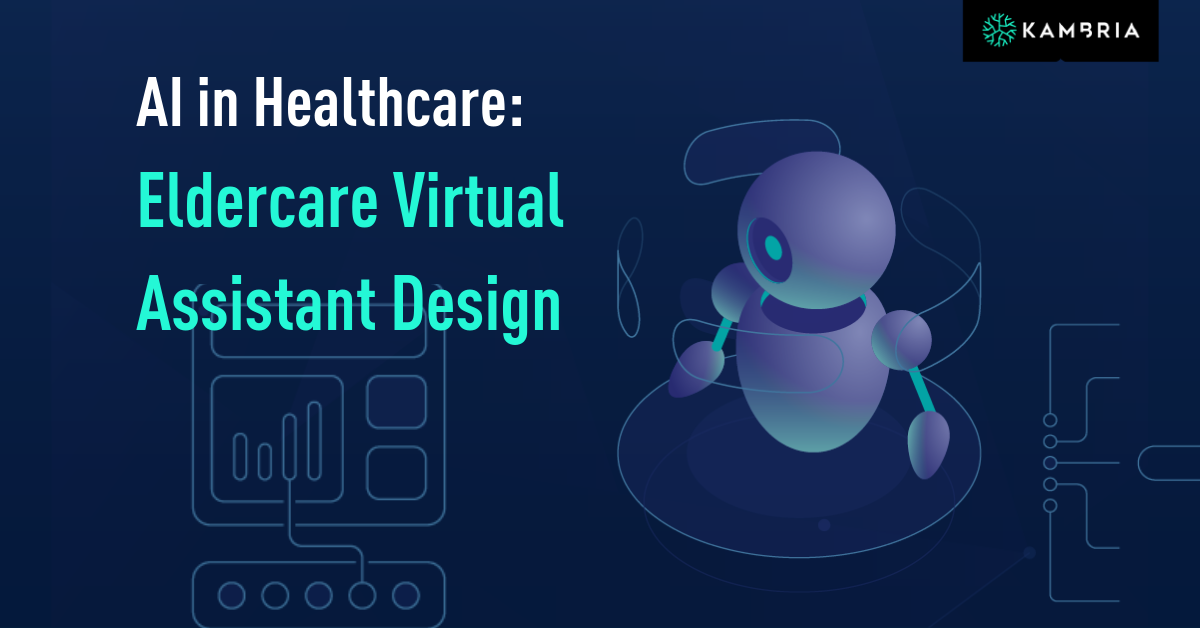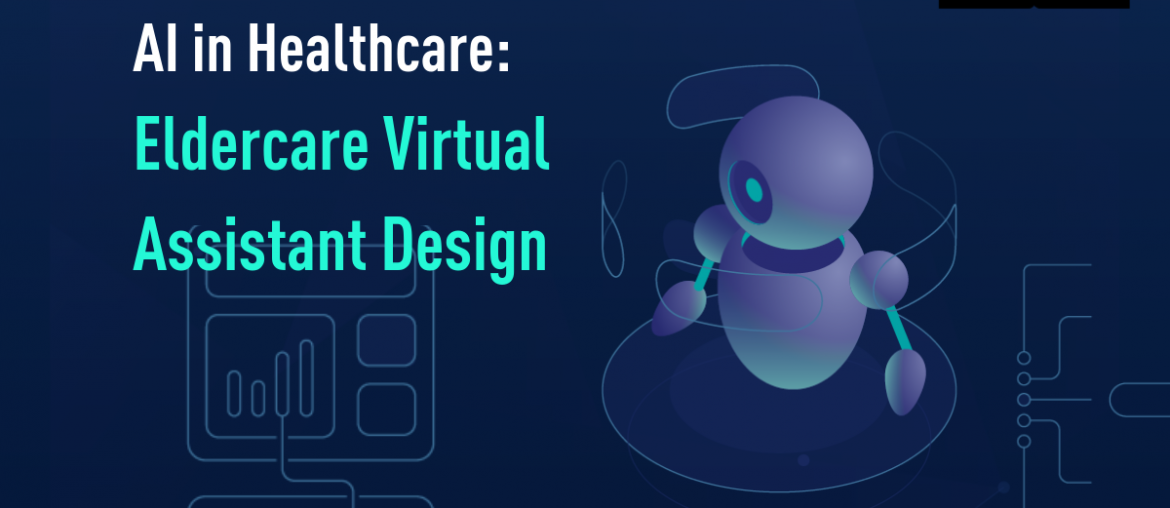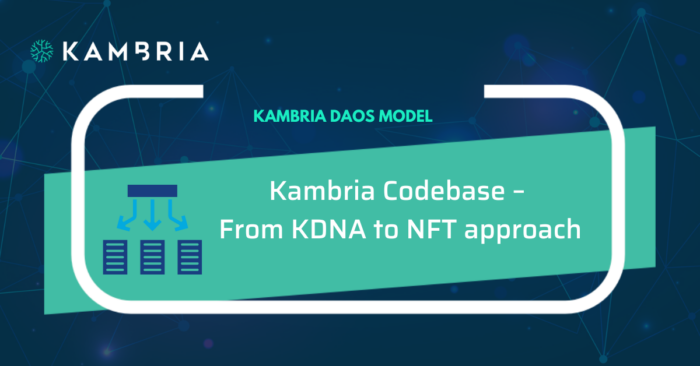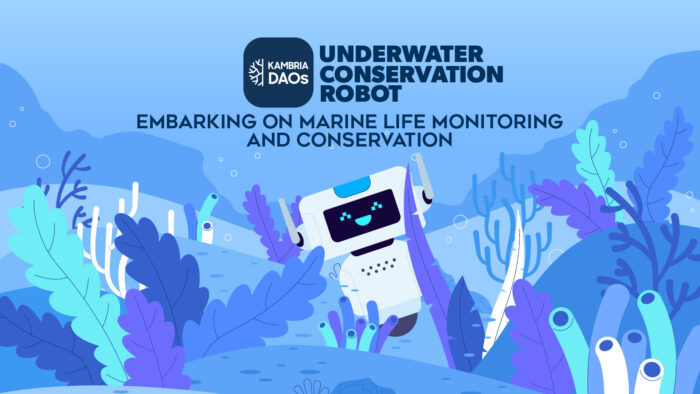
How do you design an eldercare AI virtual assistant to cater to one specific section of the healthcare industry? This topic is of growing importance due to the increasing imbalance in the number of elderly people and the service personnel assigned to attend to them.
According to the World Health Organization, it is estimated that by the next year in 2020, people aged 60 years and older will outnumber children five years and younger. In the United States alone, the number of registered nurses, which are the most requested type of professionals in elderly care, will only increase from 3 million to about 3.3 million from the years 2016 to 2026.
Let's take look at some of the considerations when designing an eldercare AI virtual assistant as this will become a more important method of caring for our aged population in the near future.
Eldercare AI Design Discipline and Priority
The first thing that we have to keep in mind when designing AI virtual assistants for the elderly is the mode of access. This is because the objective of comfort and ease-of-use is already a given for any type of support or assistance for the elderly.
Therefore, priority shifts NOT on how the elderly person interacts with the AI, but how the AI would take the initiative to interact with the elderly person instead. After all, this is how we as human professionals deal with various aspects of senior medical assistance.
With this in mind, a short priority list for an elderly care-optimized AI virtual assistant could be as follows:
- Initiative interaction
- Medication assistance
- Activity organization
- Communication establishment
One of the most common issues faced by elderly individuals, probably even more serious than chronic disabilities or more specific ones like incontinence, is the gradual degradation of one’s mental faculties. Deterioration of cognitive health can be severely debilitating, and as such an intuitive design for interfacing with AI, or even a design built not to interact with the elderly user at all, should be the number one priority in design.
Voice interfacing and inputting medical records is one thing, but the training data should definitely include personal data that is verified not just by the assigned medical professional, but also by the people who are presumed to interact with the elderly person the most often. This is to ensure that the suggestion of the AI as it interacts with the elderly person would compensate for their cognitive impairment.
In addition, collected user data should include assessments and observations not actively noted by the person to be taken care of (e.g. sleeping patterns), in order to actively filter out actions that may not be necessary, or decisions that could lower the overall experience of both the elderly users and their assigned medical professionals with the AI.
In this regard, medication assistance is of a particularly serious issue. This is because cognitive impairment can directly affect an elderly person’s capability to judge and plan for immediate events. With an assistant AI capable of putting forth initiative actions and suggestions, instructions will be far less likely to be missed, actions that may be detrimental to the efficacy of a drug would be prevented, and even ensure the proper effect duration of prescribed medicine.
The next priority in the overall initiative AI design should be centered on activity organization. Scheduling tasks, automating reminders, or even forming suggestions based on everyday user input, goes a long way in maintaining user health via direct optimization. This will also greatly help in mitigating what are essentially unnecessary complications, which are usually either caused by current physical disabilities, chronic pain, or inability to follow instructions.
Lastly, as a measure of guarantee, maintaining a good rapport with the elderly person’s friends, family, and associated medical professionals is the final responsibility of the AI virtual assistant’s main initiative. This can be as simple as a speech-recognition based calling system, but can be as technical as a smart emergency hotline for when the AI assesses the imminent severity of a developing medical situation.
Technical Focus and Build
There are currently a countless number of available build profiles in personal robotics or AI assistant design. This is, of course, determined by the type of assistance, which is then determined by the specific conditions and ailments of the particular elderly individual.
Once again, we present several important points for which to build upon our previous design argument:
- Discovery
- Invention
- Optimization
The discovery phase gives an overall heuristic evaluation of the scope of the senior care AI. This is where we first determine the basic features it will have, the training data it will use, and the framework with which to build upon, as we list the individual needs of our target elderly users one by one.
Practicality is the keyword here. The design has to identify common patterns that are consistent across users, in order to discover the type of elderly assistance that would actually be used. In Japan for example, a huge emphasis is given to the importance of providing robotic assistants with the appearance of familiar living creatures such as humans or small animals. This is to provide a baseline level of interaction in order to mitigate the negative psychological effects of interacting with a cold, featureless screen, or having absolutely no interaction with anything.
In this situation:
Common pattern = the need for basic interaction
Elderly assistance type = robotic assistants designed with a familiar form
At the invention phase, rough implementations are substituted with better ideas. This is also where the AI is given a more distinct form by expanding its decision tree with user scenarios and data surveys. Deeper insight into the target elderly people is required in order to better understand how exactly the AI would interact in a realistic setting.
For instance, ethnographic research may be more of a principle in anthropology or social science than in AI development. But because we have a simultaneously small but wide demographic representing the aged population of the world, it may be a very important tool for us developers. By personally observing and interacting with the elderly ourselves via quality-based research, it is potentially possible to systematize the AI’s actions and suggestions further as if we are developing a secondary physical body part for the elderly individual.
Do note that this is but one method to this phase, as you can add complexity to the procedure as you see fit for the AI model.
For the optimization phase, we develop the AI as a creation of its own. Not just literally by giving the machine learning system time to adapt to user data with better and more well-timed suggestions. But to also open the AI to multiple options that are not necessarily end-point decisions of a maximized outcome.
On a simple drug administration feature for example, the AI should eventually be able to discern whether it should provide direct medication (if it is a robotic assistant), give a suggestion to the elderly individual, or send a notification/warning to the assigned medical professional. These options are, as we all understand, not developed per se, but are eventually learned by the AI through the course of the user’s experience interacting with it.
Eldercare AI Implementation Concepts and Examples
On January 8th at this year’s CES, CarePredict @Home was announced to the world. The core design of its AI is to collect data from living habits in order to detect early risk factors that would usually become complications as the elderly user grows older. The use of sensors and wearable measurement devices fundamentally differs from a basic virtual assistant type design, but it still fulfils the purpose of assisted decision making via “predictive analytics.”
Basically, its machine learning algorithm sifts through daily activity data. It then analyses the patterns, and forms suggestions based on user input, as per the discipline of our very first argument. The system then finds common problems, which can be assessed as indicators of future medical complications. By extrapolating the procedures, we can then presume that this data would be used to “discover” the appropriate preventive measure.
Also, if it detects something that is out of the usual data patterns already gathered by the devices within a specific amount of time, it opens a communication channel. Not necessarily an emergency hotline as we have described, but it could inform the assigned caregivers if a considerably serious medical situation is imminent.
From this perspective, CarePredict @Home’s design ticks all of the basic checkboxes of our standard senior care AI virtual assistant design. This is despite not having an actual interface with which the elderly individual is to access features with.
Another quite older example is AiCare, which provides a similar tracking device, but only in the form of a single wrist-worn piece. While AI is primarily used to detect or determine possible medical issues or emergencies, there is no apparent action initiative. The number of variables is also limited to motion, movement rate, location within the designated facility, as well as distance travelled. Nonetheless, the system is still capable of using these location data to build predictive analysis that the caregivers could assess and take action for.
We understand that making an eldercare AI virtual assistant available for every elderly home is still a challenge, but with the aforementioned concepts in mind, we hope to inspire the development of a competitive industry that will soon reduce its costs, and thus expand availability, for its intended users.
What to learn more about AI virtual assistant design? Read our article "Do's and Don'ts: Designing an AI Virtual Assistant."
The Vietnam Grand Challenge is Underway!
This weekend Kambria is excited to host our second hackathon in the Vietnam AI Grand Challenge. Following our first event in Ho Chi Minh City, developers in Da Nang will compete this weekend to win up to $40,000 in cash and KAT as they design the Ultimate AI Virtual Assistant across various sectors.
Community members are encouraged to vote for their favorite projects. Four winning teams will advance to the next round -- three teams selected by AI Grand Challenge judges and one team voted in by the Community. $5,000 worth of KAT will be split among all community members who vote for the winning project!
Stay tuned for more information about Community Voting and check out our newly launched Kambria platform. The Bounty page is where we keep track of hackathons and K-prize challenges. Check back as we announce the results of our Challenge. May the best teams win!








